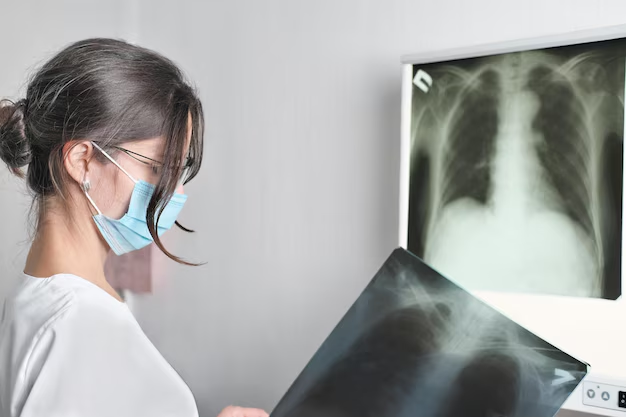How to Diagnose Pulmonary Hypertension: What You Need to Know
Imagine living life short of breath, right from the get-go of daily activities or exercises. Pulmonary Hypertension (PH) could be the underlying reason—a condition where high blood pressure in the lungs makes it difficult for the heart to pump blood through this arterial network. Diagnosing PH can be complex, yet crucial for implementing the right treatment plan and improving quality of life. Here’s a closer look at how this condition is identified.
Initial Assessment: Symptoms and Medical History
Diagnosing PH starts with a comprehensive evaluation of symptoms and medical history. Common symptoms—such as shortness of breath, fatigue, dizziness, or even chest pain—often mimic other conditions, making a thorough review crucial. During this phase, doctors might ask about:
- Family history of heart or lung diseases
- Previous medical conditions (such as blood clots or liver disease)
- Lifestyle habits and exposure to certain drugs or toxins
Chest Imaging and Electrocardiogram
To gain more insight, doctors typically proceed with imaging tests and an electrocardiogram (ECG). A chest X-ray or CT scan can reveal changes in the size and shape of the heart and pulmonary arteries, helping to rule out other possible conditions. Meanwhile, an ECG provides information on heart rhythm and electrical activity, which could signal the presence of PH.
Blood Tests and Pulmonary Function Tests
Blood tests are another critical component, helping to identify other conditions that may contribute to or exacerbate PH, such as liver disease or systemic sclerosis. Additionally, pulmonary function tests measure how well the lungs are working and can indicate if there's any lung disease affecting the breathing process.
Echocardiogram: Key to Diagnosis
One of the most informative diagnostic tools is an echocardiogram, which uses sound waves to create detailed images of the heart’s structure and function. This test can help estimate the pressure in the pulmonary arteries and evaluate the heart's functionality—key indicators of PH.
Right Heart Catheterization: The Gold Standard
If initial tests suggest PH, a right heart catheterization is often performed to confirm the diagnosis. During this procedure, a thin, flexible tube is inserted into a vein and threaded to the heart to measure the pressure in the pulmonary arteries and the heart. This is currently the most definitive test to establish the presence and severity of pulmonary hypertension.
Understanding the Diagnosis: A Path to Management
A confirmed diagnosis of PH requires a tailored treatment plan, varying from medications and lifestyle changes to surgery in extreme cases. Healthcare providers often recommend support groups or counseling to help navigate the emotional challenges accompanying such a chronic condition.
Recognizing the financial challenges for patients diagnosed with PH, it’s worth exploring government aid programs and financial assistance designed to ease the burden:
- Government Aid Programs: These may include Medicaid, Medicare, or other state-specific assistance for those battling chronic illnesses like PH.
- Debt Relief Options: Programs that help manage medical debt, making necessary treatments more accessible.
- Educational Grants and Scholarships: For those looking to maintain their careers through education, various grants may offer financial relief, ensuring professional aspirations remain attainable.
📝 Here are some key support options for those managing PH:
- 🌟 Medicaid & Medicare: For low-income individuals or those over 65, covering medical expenses related to diagnosis and treatment.
- 💳 Credit Counseling Services: Assisting with medical bill management to avoid catastrophic financial strain.
- 💼 Patient Assistance Programs: Offered by pharmaceutical companies to provide free or low-cost medications to those in need.
- 🎓 Educational Scholarships: Grants for continuing education while managing a chronic illness.
With a diagnosis in hand and the right resources, managing pulmonary hypertension becomes not just a medical journey but a path to empowerment and improved life quality.

Related Topics
- a 66 Year Old Female With a History Of Hypertension
- Are Eggs Bad For Hypertension
- Are Eggs Good For Hypertension
- Are Endocrine Disorders Causing Hypertension Rare
- Can Adderall Cause Hypertension
- Can Alcohol Cause Hypertension
- Can Allergies Cause Hypertension
- Can Anemci People Get Hypertension
- Can Anemia Cause Hypertension
- Can Antibiotics Cause Hypertension